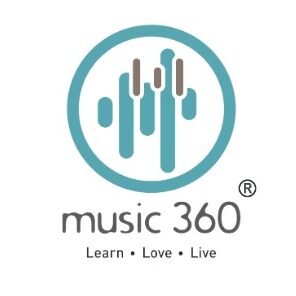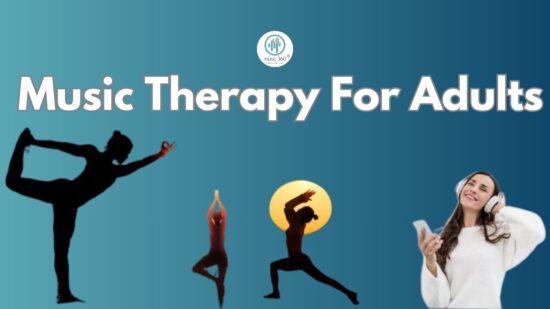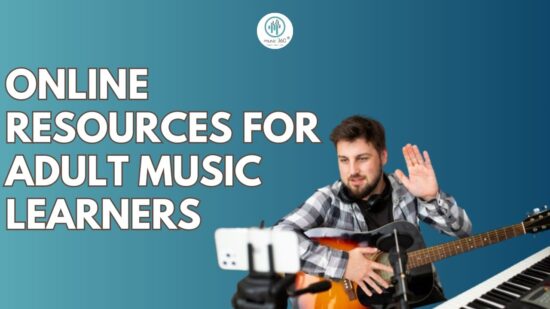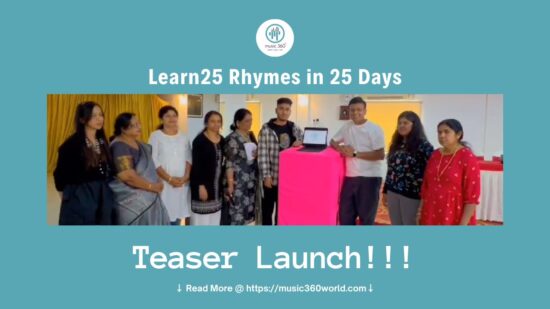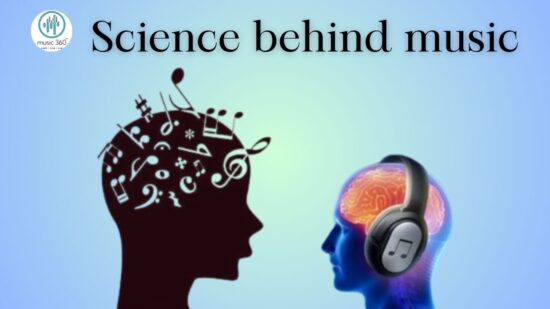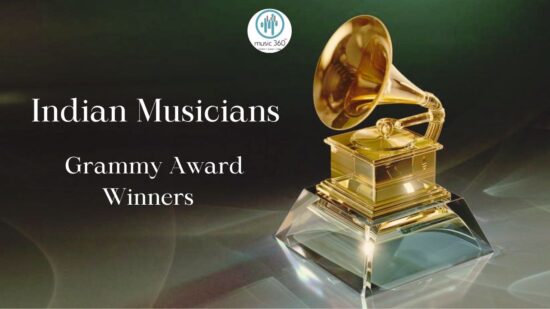Estimated time for reading: 4 minutes Table of contents Introduction What’s Music Therapy? The 4 types of music therapy for…
Browsing CategoryAdult Learners
Online resources for adult music learners
Estimated time for reading blog 5 minutes Table of contents Introduction Online resources for Adult Music Learners. 5 tips for…
Teaser Launch! A Sneak Peek into Music360’s Course – Learn25 Rhymes in 25 Days
Estimated time to read: 3 minutes Table of contents Introduction About the course Unveiling of the course teaser Unique features…
The Science behind music. How it affects the Brain ?
Estimated time taken to read the Blog: 7 minutes Table of contents Introduction The neurochemistry of music with an anecdote…
Top 30 quotes on guitar
Estimated time for reading: 7 minutes Table of contents Introduction Over to 30 best guitar quotes How guitar got its…
The 25 Greatest Indian Singers
Estimated time for reading the blog: 10 minutes. Table of content Introduction Names of 25 greatest Indian singers Unique melodic…
The Best 30 Piano quotes
Estimated Reading Time: 8 minutes Table of content Introduction Why these best Piano quotes? 30 best Piano quotes Rare variant…
The Indian Musicians Who Made Us Proud at The Grammy Awards
Estimated Time for Reading Blog: 10 minutes Table of Content Introduction Modus-Operandi of the Grammys Behind the scene insights Musical…
Music schools near Yelahanka, Bengaluru
Table of Content List of music schools near Yelahanka,Bangalore Music360 9th Chord Music Academy Chaitanya Sangeetha Vidyalaya Jigyaasa Center of…
The benefits of learning piano: mental and emotional well-being
Table of Contents Introduction Enhancing Cognitive Abilities Emotional Expression and Stress Reduction Boosting Self-Esteem and Confidence Creating a Sense of…
